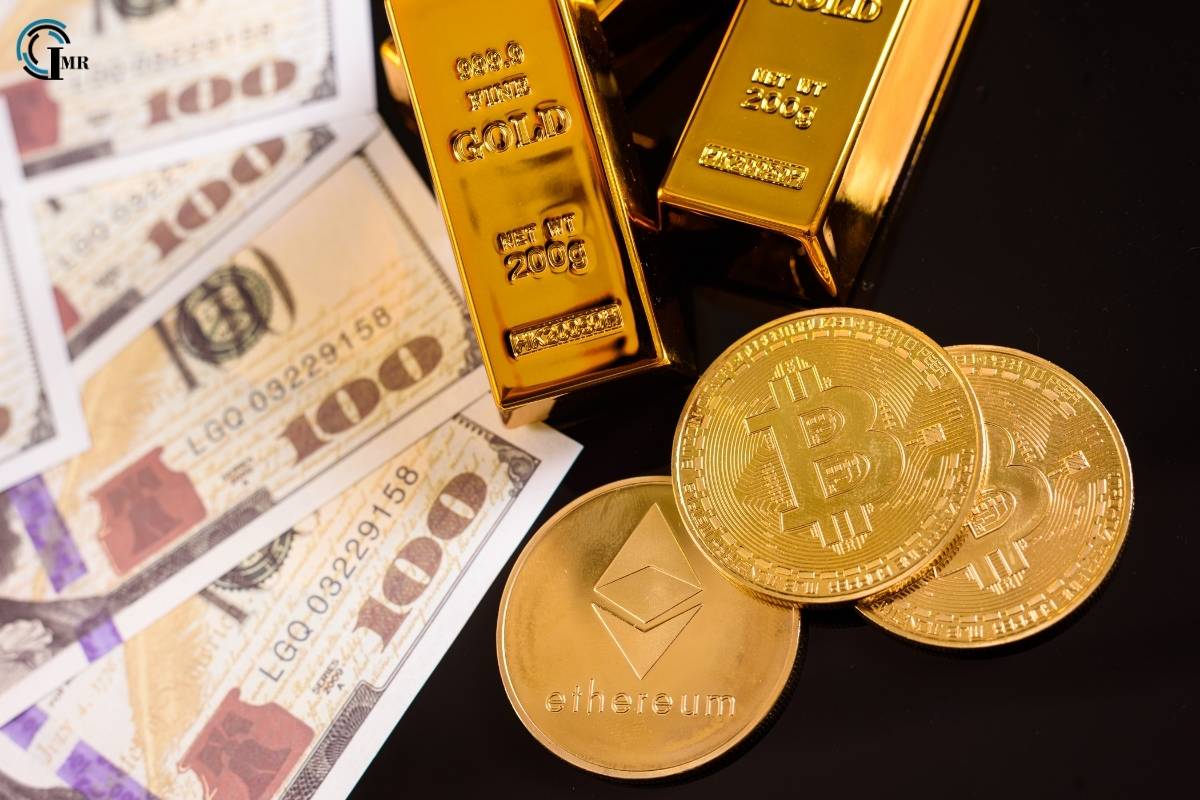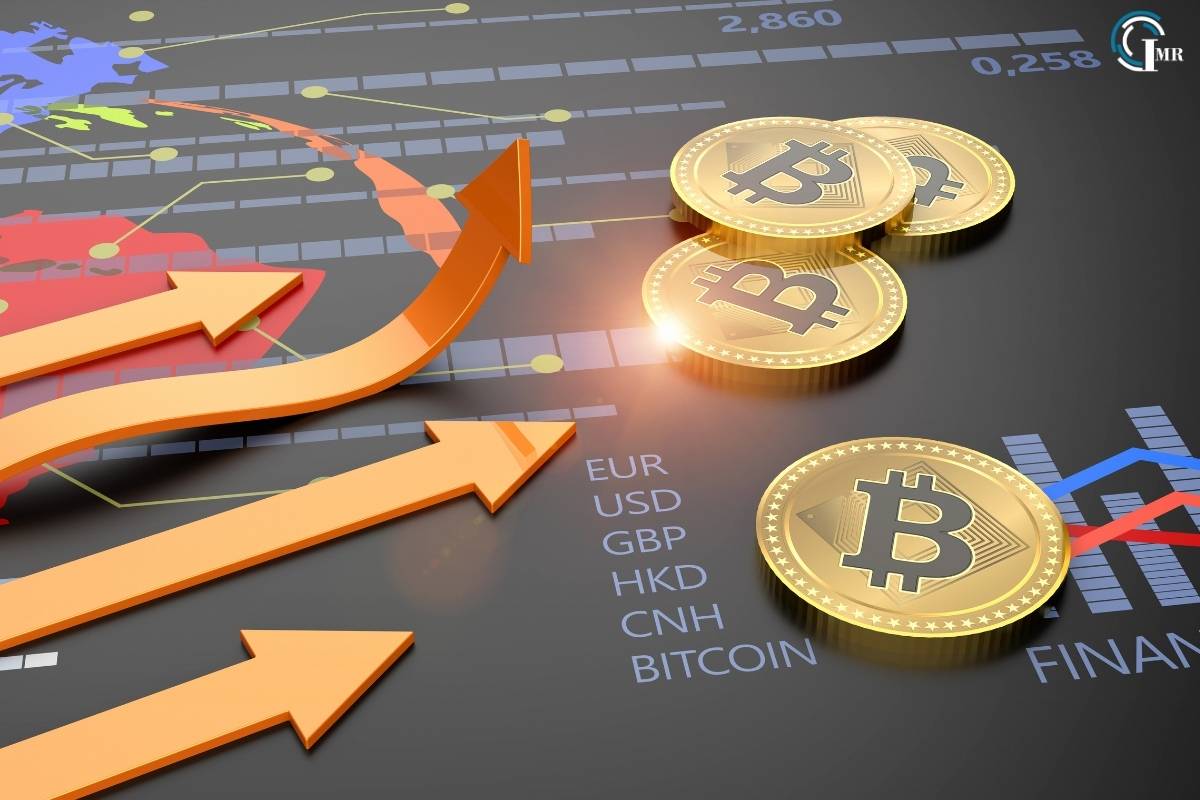
In the evolving landscape of financial technology, decentralized finance (DeFi) has emerged as a revolutionary force, poised to transform traditional financial systems. It leverages blockchain technology to create an open, transparent, and secure financial ecosystem. This article delves into the future of decentralized finance, exploring its potential, challenges, and impact on the global financial system.
What is Decentralized Finance?
It refers to financial services that operate on a decentralized network, typically a blockchain. Unlike traditional financial systems, which rely on intermediaries like banks and brokers, DeFi platforms use smart contracts to facilitate transactions directly between users. This peer-to-peer model aims to democratize access to financial services, reduce costs, and increase transparency.
The Rise of Decentralized Finance
The rise of decentralized finance can be attributed to several key factors:
- Blockchain Technology: The underlying technology of DeFi, blockchain, provides a secure and transparent ledger for recording transactions. This technology eliminates the need for central authorities, reducing the risk of fraud and enhancing trust.
- Smart Contracts: Smart contracts are self-executing contracts with the terms of the agreement directly written into code. They automatically execute transactions when predefined conditions are met, reducing the need for intermediaries and lowering transaction costs.
- Cryptocurrencies: The proliferation of cryptocurrencies, particularly Ethereum, has fueled the growth of DeFi. Ethereum’s smart contract capabilities have enabled the development of a wide range of DeFi applications.
Key Components

- Decentralized Exchanges (DEXs): DEXs allow users to trade cryptocurrencies directly with one another without the need for a central authority. Examples include Uniswap and Sushiswap, which use automated market-making mechanisms to facilitate trades.
- Lending and Borrowing Platforms: DeFi lending platforms, such as Aave and Compound, enable users to lend their cryptocurrencies to others in exchange for interest. Borrowers can access these funds by providing collateral, typically in the form of other cryptocurrencies.
- Stablecoins: Stablecoins are cryptocurrencies pegged to stable assets like fiat currencies. They provide stability in the volatile crypto market and are widely used in DeFi applications. Examples include USDC and DAI.
- Yield Farming: Yield farming involves staking or lending crypto assets to generate high returns. Platforms like Yearn Finance optimize the process of yield farming by automatically moving funds between different DeFi protocols to maximize returns.
- Decentralized Autonomous Organizations (DAOs): DAOs are organizations governed by smart contracts and community votes. They enable decentralized decision-making and management of DeFi projects. Examples include MakerDAO and Aragon.
The Benefits of Decentralized Finance
- Accessibility: Decentralized finance democratizes access to financial services, allowing anyone with an internet connection to participate. This is particularly beneficial for individuals in regions with limited access to traditional banking services.
- Transparency: All transactions on DeFi platforms are recorded on the blockchain, ensuring transparency and traceability. This reduces the risk of fraud and increases trust among users.
- Lower Costs: By eliminating intermediaries, DeFi reduces transaction costs and enables more efficient financial services. Users can save on fees typically charged by banks and other financial institutions.
- Security: DeFi platforms are built on secure blockchain technology, which provides robust protection against hacking and fraud. Smart contracts further enhance security by automating processes and reducing human error.
Challenges Facing
Despite its numerous benefits, decentralized finance faces several challenges that must be addressed to ensure its sustainable growth:

- Regulatory Uncertainty: The regulatory landscape for DeFi is still evolving. Governments around the world are grappling with how to regulate decentralized financial systems. Clear and consistent regulations are needed to foster innovation while ensuring consumer protection.
- Scalability: As DeFi platforms grow, scalability becomes a critical issue. Blockchain networks, particularly Ethereum, face congestion and high transaction fees during peak times. Solutions like Ethereum 2.0 and layer-2 scaling technologies aim to address these issues.
- Security Risks: While blockchain technology is inherently secure, DeFi platforms are not immune to security risks. Smart contract vulnerabilities, hacking incidents, and fraud have led to significant financial losses. Rigorous security audits and robust development practices are essential to mitigate these risks.
- User Experience: The complexity of DeFi platforms can be a barrier to entry for new users. Improving user interfaces and providing comprehensive educational resources are crucial for mainstream adoption.
- Interoperability: The DeFi ecosystem consists of numerous platforms and protocols, each with its own standards and functionalities. Ensuring seamless interoperability between these platforms is vital for the growth of the DeFi ecosystem.
Future
The future of decentralized finance is promising, with several trends and developments shaping its trajectory:
- Integration with Traditional Finance: As DeFi matures, we can expect greater integration with traditional financial systems. Financial institutions are beginning to explore DeFi applications, and hybrid models that combine the benefits of both centralized and decentralized finance are emerging.
- Advancements in Blockchain Technology: Continued advancements in blockchain technology, such as Ethereum 2.0 and other layer-2 solutions, will enhance the scalability, speed, and efficiency of DeFi platforms. These improvements will make DeFi more accessible and cost-effective for users.
- Enhanced Security Measures: The DeFi community is increasingly focusing on enhancing security through rigorous smart contract audits, bug bounties, and the development of more secure protocols. As security measures improve, user trust in DeFi platforms will grow.
- Global Financial Inclusion: Decentralized finance has the potential to drive global financial inclusion by providing access to financial services for unbanked and underbanked populations. DeFi can empower individuals in developing regions to participate in the global economy.
- Regulatory Clarity: As governments and regulatory bodies gain a better understanding of DeFi, we can expect clearer and more consistent regulations. Regulatory clarity will provide a framework for innovation while ensuring consumer protection and financial stability.
- Increased Institutional Participation: Institutional investors are starting to recognize the potential of DeFi. As institutional participation increases, we can expect more liquidity, stability, and credibility in the DeFi market.
- Expansion of DeFi Applications: The scope of DeFi applications is expanding beyond lending, borrowing, and trading. Emerging use cases include decentralized insurance, prediction markets, and synthetic assets. These innovations will broaden the appeal of DeFi and attract a wider range of users.

Conclusion
It represents a paradigm shift in the world of finance, offering a more inclusive, transparent, and efficient alternative to traditional financial systems. While challenges such as regulatory uncertainty, scalability, and security risks remain, the future of decentralized finance is bright. With continued innovation, integration with traditional finance, and a focus on security and user experience, DeFi has the potential to revolutionize the global financial landscape.
As we look ahead, decentralized finance will play a crucial role in shaping the future of financial services, driving global financial inclusion, and empowering individuals and businesses worldwide. Embracing the opportunities and addressing the challenges of DeFi will pave the way for a more equitable and resilient financial system for generations to come.




.jpg)
Comments